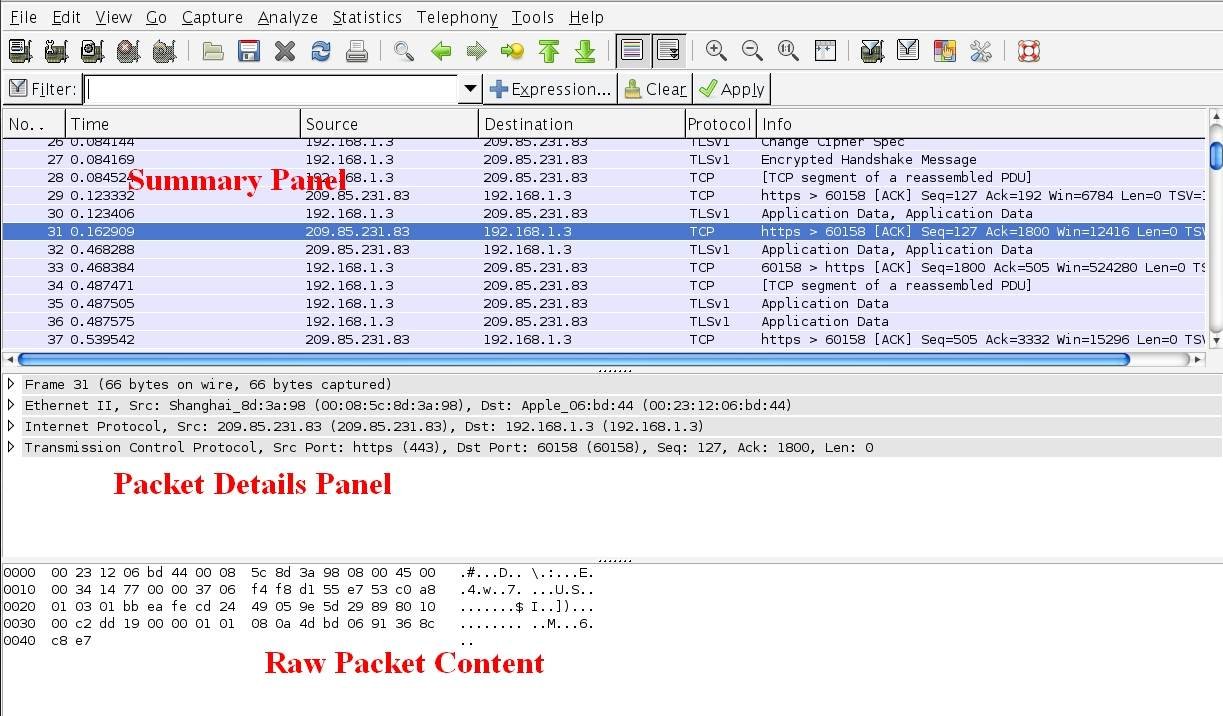
Lean philosophy identifies another option: lowering the cost. I don’t want to pay more for my favorite candy, but I still want it to taste the same. I know as a consumer I hate both of these options. To increase profit, companies used to raise prices as the first option (or give you less for the same price, which in essentially the same thing as raising the price). Maintaining 5S requires a commitment – a commitment by everyone in the organization from the top down. A cook doesn’t want to cook in a dirty kitchen. It raises morale – a clean home is a happy home. It keeps bad parts clearly labeled so they are not placed with good parts that reach the customer. It reduces the extra time that is often spent looking for a tool.

I’ve heard associates claim that too much time is spent on 5S, that 5S is the least important part of the day, that it was just for customer visits, and that it was a waste of time. 5SĥS is a buzzword that is usually thought of as ‘cleanup’. Lean identifies value-added and non-value-added work and then uses the mindset of continuous improvement to reduce the non-value-added work.

There are 8 types of waste that Lean identifies: If enough cost can be reduced, savings can be passed on to the customer – insuring that contracts are kept and new contracts are won. Quality is maintained, the price is not increased, and the company makes more profit. The third method of increasing profits is to reduce costs. Lower quality will almost guarantee a loss of business. This has put many companies out of business.Īnother way to increase profits is to use cheaper materials. The problem with this idea is there is always another company willing to do the work cheaper than you can.

To make more profit, many companies increase prices. Of course, the primary purpose of reducing waste is to increase profit. The foundation of Lean is using countermeasures against waste. To be successful, lean concepts have to be understood and followed by all workers at every level. They have to be implemented and continuously improved. The tools are a countermeasure to waste in the production system. The tools by themselves do not make a process or organization lean. This is accomplished through a set of tools that work together to reduce inventory, lead time, and make the current status and problems visual. It does this by reducing waste, inventory, keeping headcount as low as possible, and producing only what is needed when it is needed (known as Just in Time). Lean is a production method designed by Toyota (known as the Toyota Production System, or TPS) to reduce costs and improve profits. Single Minute Exchange of Die (SMED) / Changeover.


 0 kommentar(er)
0 kommentar(er)
